TicksTicks are fairly common in the warmer months for most of the United States. Factoring in a mild winter for the East Coast this past year, ticks are a BIG problem in those states already and the season should just be beginning. Ticks are more than just a "pest", certain ticks can be carriers of serious illnesses like Lyme's Disease and this CAN BE spread to pigs from the bite of an infected tick. Since ticks must be in areas of high humidity to survive, they are most commonly found in grassy, brushy, wooded, and shaded areas. There are several species that vary in appearance, but all of the adults are small, round with eight legs. All ticks feed exclusively on the blood of vertebrates. There are two families of ticks: hard ticks and soft ticks. They have four stages in their life: egg, larva, nymph and adult. Mating usually occurs while adult ticks are on the body of the host animal. The female then drops to the ground and deposits her eggs. When they are at the larvae stage, they are called "seed ticks" with six legs. They attach themselves to a host, after receiving a blood meal, they drop to the ground and emerge as eight-legged nymphs. The three most common ticks are the Brown Dog Tick/American Dog Tick, the Lone Star tick and the Blacklegged Tick. The Blacklegged Tick is a known to carry the bacteria that can cause Lyme's Disease. New diseases are being discovered year after year, and because they're newly discovered, there isn't a lot of information about the diseases yet, nor whether these new diseases can affect pigs, so keep a lookout for information regarding ticks and tickborne diseases in YOUR specific region. Click here to read the CDC's tick geographic distribution page to see what ticks may be in your area. If you want to see the growth comparison of different ticks, click here for comparison pictures of each species. (You will likely start feeling ghost ticks crawling on you after looking at these pictures...I did! lol) How ticks find their hosts. Ticks find their hosts by detecting animals´ breath and body odors, or by sensing body heat, moisture, and vibrations. Some species can even recognize a shadow. In addition, ticks pick a place to wait by identifying well-used paths. Then they wait for a host, resting on the tips of grasses and shrubs. Ticks can't fly or jump, but many tick species wait in a position known as "questing". While questing, ticks hold onto leaves and grass by their third and fourth pair of legs. They hold the first pair of legs outstretched, waiting to climb on to the host. When a host brushes the spot where a tick is waiting, it quickly climbs aboard. For obese pigs whose bellies nearly drag the ground, this is a ticks opportunity to "climb aboard" easily. Some ticks will attach quickly and others will wander, looking for places like the ear, or other areas where the skin is thinner. For pigs, ticks typically choose an area that is softer such as behind the ears or under the legs. (the "armpit" area) However, ticks can attach anywhere. I have found them on the back, face, near the anus or shoulder area on my pig. The tick pictured below was in the "armpit" area of a pig. How ticks spread disease. Ticks transmit pathogens that cause disease through the process of feeding. It is likely unknown if all tickborne diseases can affect pigs, but using the theory that a pig closely resembles a human as far as internal structure/organs, my guess would be that pigs could potentially contract any of the tickborne diseases that affect humans. It is always better to be safe than sorry.
How do you control ticks in your yard? This can be especially difficult to do, even more so if you have any wooded areas close by and even more so if you have a lot of acreage to cover. The odds are, you will not be able to eliminate ALL ticks, but you can reduce the amount and not give them an environment to thrive in by following some simple steps.
Tick Habitats. These are the places where you may find ticks, their eggs or tick nests. Ticks need humid, shaded areas to survive and they will move rather than be "discovered".
Tick Nests. It is important to know what to look out for as well. The tick "nest" can harbor thousands of "seed ticks" that are almost microscopic in size and barely visible to the eye. If you should walk into a nest, you may see something crawling on your clothing if you look closely enough, but they are the size of a pen point. Should these ticks wander around long enough, they can find a spot or drop off and wait for another host. This is especially important for pigs since they do tend to lay around a lot. Should your pig walk through a nest and pick up hundreds of seed ticks, your pig may present with a bunch of bumps that look as if the pig has been bitten by a slew of insects, but more importantly, these seed ticks may also be in their bedding, so you must eliminate ALL of them or your pig will likely be re-infested over and over again. A female can lay 3000-4000 eggs at a time after a blood meal. This is what you may see in the yard or on a surface. These are tick eggs or nests and they will hatch and this vicious cycle repeats over and over and over again. Another great resource is the tick encounter resource center which has a FAQ section that can help you determine what parts of your yard may need work to lessen the amount of ticks living there. Seed tick infestation on a pig. A pig presented with bumps under the front two legs, normal washing began along with hydrocortisone cream. After a day, it was determined that seed ticks were the cause as shown on the last picture on a white cloth. Furthermore, the nest was discovered nearby and this particular pig was laying in that area day after day, so until it was identified and destroyed, each tick had to be removed night after night. Just one example of how these tiny ticks might present on a pig. Preventing ticks on your pig. Tick bites on pigs may be hard to detect. Signs of tickborne disease may not appear for 7-21 days or longer after a tick bite, so watch your pig closely for changes in behavior or appetite if you suspect that your pig has been bitten by a tick. I do a routine tick check every single day for my pig. Its a good habit to add to your routine since having a cooperative pig can help detect ticks that may have not even attached themselves yet. If you cannot prevent them altogether, the next best thing is to have the ability to remove them as soon as possible.
Tick removal from pigs
OR... You can purchase your very own tick specific removal tool! Tick Ease removal tweezers takes the guess work out of it as does the Tick Twister. These products help to ensure you are grabbing the tick in the right place by creating an opening to fit any size tick allowing you to gently remove it from your pig. **Avoid "painting" a tick with nail polish or Vaseline, using a heat source such as a match freshly lit and blown out for tick removal. The goal is to remove it quickly, not wait for it to detach. Some of the "home/all natural solutions" are based on theories using essential oils and such, these can be tried as a preventative, but we do not recommend using these methods for tick removal. If a rash or fever develops within several weeks of a tick bite/being removed, contact your veterinarian. Are there any "homemade" remedies available to control the tick population? Of course there are. However, it is obviously unknown if these DIY treatments are effective. If whomever created the recipe for tick destruction has never seen a tick on their animal, it may be very effective, but that is someone claiming this, not scientifically proven. There are known pesticides that are effective and even animal friendly. So choose carefully. Read up on whatever you're putting in a bottle and spraying around your pigs bedding area or actually on your pig. I wouldn't trust some random internet person that I do not personally know. But, there are some relatively harmless homemade solutions that may work for you...as usual, check with your vet before treating ANYTHING yourself. Read up on appropriate treatments by credible organizations before picking what you will use. This is a great place to start. http://tickwarriors.com Things to keep in mind when trying the ticks remedies
Natural repellents:
Pig approved commercial/processed treatments: Several products contain a number of repellents and insecticides, and are registered for direct application to pigs. These include: Inca Ban Fly insecticidal spray for animals (250mL and 500mL quantities); Musca Ban insecticidal spray (125mL, 500 mL and 5L); Value Plus fly spray in the same quantities; Flygon insecticidal and repellent spray in the same quantities and Ecovet Insect Repellent (500mL).
Pour–on products such as Taktic Topline®, which are registered for use in pigs for the control of mange may also provide some protection from ticks, as noted above in relation to biting fly control. Again, as mentioned above, Frontline and/or Advantage plus for dogs can also be used to prevent ticks in pigs. You MUST pay careful attention to the weight limits and purchase the correct weight class for your pig. UltraCruz Equine Natural Fly and Tick Spray is a product that can be purchased that is often used for horses. Bronco E Equine Fly Spray also repels ticks and is safe to use for horses, people and pigs. Permethrin 10% is deemed safe for use in pigs. Commercial farms use products like Prolate/Lintox-HD on pigs without issues. Tick Warriors All Natural Yard Spray is an excellent product. *I am quite sure there are many more DIY methods that others may use or other products that have been effective at controlling ticks in their area, we encourage you to leave a comment on the blog or on our social media pages with your recipe, but I also must post a warning to those who may simply use what they see as credible. Please do NOT use anything in your pigs area or on your pig without first making sure it is safe to use!! Anecdotal reports suggest that use of equipment such as portable mist blowers to apply these products to the pigs at for nightly intervals works well. **It is important to use the products according to label directions and keep them well away from pig feed and water sources to avoid chemical contamination and risk of chemical residue. With any of these products, I would spray the solution on a rubber brush and brush on, not spray directly on your pig since it would be very easy to accidentally spray near or in the eyes/mouth. Hopefully all pigs and their human families can be as tick free as possible this summer season! For more tips/information regarding summer seasonal concerns, click here to read more!
10 Comments
Robin
6/2/2017 06:45:35 pm
I never gave my pigs getting ticks a thought!! Awesome info!!!
Reply
Mini Pig Info
6/2/2017 07:06:21 pm
Hi there! Well, I would say ALL medications have the potential to be toxic when ingested in large amounts. But we do have a list of things that are toxic to pigs as well as over the counter medications to keep on hand should you need to have them. I'll post both links here, but I'm not sure if they'll be clickable. If not, under the heading pig health, you'll find both pages though.
Reply
Alicia Cruz
4/10/2021 04:52:12 am
Hello I just bought a pig he’sa in house pet, but I
Reply
Robin
6/4/2017 04:41:22 am
Thank you very much!!!
Reply
6/6/2017 03:12:07 am
Thanks for the info. You can reduce the amount of ticks and not give them an environment to thrive in
Reply
dana spicer
5/29/2020 05:56:22 pm
My pig had a tick on it last night and we got it off then the next day shes not moving or anything
Reply
11/23/2021 01:02:01 am
<a href="https://www.dosepharmacy.com/zyhcg-5000iu-vial">zyhcg 5000 injection</a> is utilized in the treatment of infertility in ladies. It is additionally useful in the treatment of male hypogonadism. It works by delivering the eggs from the ovary in ladies and by increasing the testosterone level in men.
Reply
5/13/2023 12:58:41 pm
Tick is so common in pigs. Thanks for sharing these tips. So helpful!
Reply
12/4/2023 11:00:55 pm
This article sheds light on a lesser-known issue in the farming world – ticks and their impact on pigs. It's alarming to think about the various diseases that ticks can transmit to these animals. I'm curious about the best practices for tick prevention and management on pig farms.
Reply
Leave a Reply. |
AuthorsBrittany Sawyer Archives
July 2019
Categories
All
|
-
- Direct Links To Website Content
- Read BEFORE You Add A Pig To Your Family
- Mini Pig Info Mission
- Teacup/Micro Pig Myth
- What Is A Mini Pig?
- Mini Pig Breeds: Which Ones Are Really Breeds?
- Adoptable Mini Pigs
- Are You As Smart As Your Pig?
- Mini Pig Info Education Series
- Social Media Feeds
- Zoonotic Diseases & Mini Pigs
- Mini Pigs Are NOT Gifts!
- Media/News Links
-
- Pig Health Forms: Tools To Use To Determine If Your Pig Is Sick
-
- Mini Pigs & Erysipelas: Life Saving Info About This Disease
- Dippity Pig Syndrome In Mini Pigs
- Mini Pig Salt Toxicity/Water Deprivation
- Leptospirosis In Mini Pigs
- Swine Pox & Mini Pigs
- Gastric Ulcers: Common Problem For Mini Pigs
- Brucellosis And Mini Pigs
- Mini Pig Pneumonia & Swine Flu
- Foot and Mouth Disease (FMD): A Problem For Pigs In Other Countires
- Pseudorabies: Is My Mini Pig At Risk?
- Mycoplasma Hyosynoviae & Mini Pigs
- Head Tilt In Mini Pigs
- Mini Pig Obstructions: How To Reduce The Risk For Your Pig
- Seizures In Mini Pigs
- Mini Pig Salmonellosis
- PSS (Porcine Stress Syndrome)
- Urinary Tract Infections (UTI) In Mini Pigs
- Urinary Blockages: A Serious Problem For Mini Pigs
- Arthritis And Mini Pigs
- Mini Pig Artophic Rhinitis
- Mini Pig Heart Disease Possibilities
- Common Mini Pig Gastrointestinal Disorders
- Mini Pigs & Pasteurellosis
- Mini Pigs And Rabies
- Mini Pig Genetic Abnormalities
- MIni Pigs & Cancer
- Mini Pig Cough
- Causes For Sudden Death In Mini Pigs
-
- Mini Pig Approved Foods
- Natural Diet For Mini Pigs: How To Create A All-Natural Diet For Your Pig
- Balancing Your Mini Pigs Diet With Activity
- Mini Pig Feed Concerns: Bad/Spoiled Feed
- Mini Pig Nutritional Deficiencies
- How To Estimate A Pigs Weight Without A Scale
- Mini Pig Body Scoring: What Does An Unhealthy Mini Pig Look Like?
- How To Help Your Mini Pig Lose Weight
- Mini Pig Treats And Recipes
- Mini Pig Hydration: The Importance Of Water
-
- Mini Pig CPR/Heimlich Manuever
- Mini Pig Constipation
- How To Treat A Vomiting Mini Pig
- What To Do If Your Mini Pig Gorges On Food?
- Salt Toxicity/Water Deprivation In Mini Pigs
- How To Treat A Fever In Mini Pigs
- Basic Wound Care For Mini Pigs
- Acute Mini Pig Paralysis
- Mini Pig Shock
- What To Do If Your Mini Pig Sustains A Fracture?
- Treatment For Mini Pig Diarrhea
- Hidden Dangers For Mini Pigs: Snakes & Spiders
- Mini Pig Emergency Supplies
- Most Common Mini Pig Problems
-
- Underaged Piglets- The Dangers & Amount Of Care Involved
- How To Estimate The Age Of A Mini Pig
- Mini Pigs and Dogs- Predator Versus Prey- A Risky Combination
- Mini Pig Name Suggestions
- Bathing Mini Pigs
- Mini Pig Travel Regulations
- Mini Pig FAQ
- "Forking" Mini Pigs- No, We Aren't Talking About Eating!
- Mini Pig Potty Training Tips
- Pigs And Stairs: A Potentially Flawed Living Arrangement
- Capturing A Mini Pig On The Loose
- Indoor Mini Pig Spaces
-
-
- Mini Pig Sounds 101
- Mini Pig Harness Training
- Important Information & Tips For Training Your Mini Pig
- Teaching Your Pig To Do Tricks
- Decoding Mini Pig Behavioral Problems
- Mini Pig Behavior: A Quick Introduction
- Common Behavioral Issues In Mini Pigs
- Move The Pig By Lydia Weaver
- Food Aggression In Mini Pigs
- Aggressive Mini Pigs
- Spoiled Pig Syndrome
- ESA (Emotional Support Animals)/Therapy Pets And Service Animals: What Applies To My Mini Pig?
- Mini Pigs Can Be Fun: Training Your Pig Is Key!
-
- Mini Pig Themed Greeting Cards
- Mini Pig DIY Items: Ideas & Inspiration
- Mini Pig Community Chat Forum
- The Loss Of Your Mini Pig
- Website Survey & Various MPI Video Collection
- Mini Pig Research/News Links
- PAL (Pig Advocates League): Our Nonprofit Sister Organization
- Kids Corner: Mini Pig Items For Kids
- Mini Pig Meme's:
- Mini Pig Sitters
- Mini Pig Outreach-Educational Information
- Community Groups For Mini Pig Parents
- "Pigtionary"
- Pig Anatomy and Terminology
- Mini Pig Info Store
- Dear Pig Whisperers Blog
-
- Direct Links To Website Content
- Read BEFORE You Add A Pig To Your Family
- Mini Pig Info Mission
- Teacup/Micro Pig Myth
- What Is A Mini Pig?
- Mini Pig Breeds: Which Ones Are Really Breeds?
- Adoptable Mini Pigs
- Are You As Smart As Your Pig?
- Mini Pig Info Education Series
- Social Media Feeds
- Zoonotic Diseases & Mini Pigs
- Mini Pigs Are NOT Gifts!
- Media/News Links
-
- Pig Health Forms: Tools To Use To Determine If Your Pig Is Sick
-
- Mini Pigs & Erysipelas: Life Saving Info About This Disease
- Dippity Pig Syndrome In Mini Pigs
- Mini Pig Salt Toxicity/Water Deprivation
- Leptospirosis In Mini Pigs
- Swine Pox & Mini Pigs
- Gastric Ulcers: Common Problem For Mini Pigs
- Brucellosis And Mini Pigs
- Mini Pig Pneumonia & Swine Flu
- Foot and Mouth Disease (FMD): A Problem For Pigs In Other Countires
- Pseudorabies: Is My Mini Pig At Risk?
- Mycoplasma Hyosynoviae & Mini Pigs
- Head Tilt In Mini Pigs
- Mini Pig Obstructions: How To Reduce The Risk For Your Pig
- Seizures In Mini Pigs
- Mini Pig Salmonellosis
- PSS (Porcine Stress Syndrome)
- Urinary Tract Infections (UTI) In Mini Pigs
- Urinary Blockages: A Serious Problem For Mini Pigs
- Arthritis And Mini Pigs
- Mini Pig Artophic Rhinitis
- Mini Pig Heart Disease Possibilities
- Common Mini Pig Gastrointestinal Disorders
- Mini Pigs & Pasteurellosis
- Mini Pigs And Rabies
- Mini Pig Genetic Abnormalities
- MIni Pigs & Cancer
- Mini Pig Cough
- Causes For Sudden Death In Mini Pigs
-
- Mini Pig Approved Foods
- Natural Diet For Mini Pigs: How To Create A All-Natural Diet For Your Pig
- Balancing Your Mini Pigs Diet With Activity
- Mini Pig Feed Concerns: Bad/Spoiled Feed
- Mini Pig Nutritional Deficiencies
- How To Estimate A Pigs Weight Without A Scale
- Mini Pig Body Scoring: What Does An Unhealthy Mini Pig Look Like?
- How To Help Your Mini Pig Lose Weight
- Mini Pig Treats And Recipes
- Mini Pig Hydration: The Importance Of Water
-
- Mini Pig CPR/Heimlich Manuever
- Mini Pig Constipation
- How To Treat A Vomiting Mini Pig
- What To Do If Your Mini Pig Gorges On Food?
- Salt Toxicity/Water Deprivation In Mini Pigs
- How To Treat A Fever In Mini Pigs
- Basic Wound Care For Mini Pigs
- Acute Mini Pig Paralysis
- Mini Pig Shock
- What To Do If Your Mini Pig Sustains A Fracture?
- Treatment For Mini Pig Diarrhea
- Hidden Dangers For Mini Pigs: Snakes & Spiders
- Mini Pig Emergency Supplies
- Most Common Mini Pig Problems
-
- Underaged Piglets- The Dangers & Amount Of Care Involved
- How To Estimate The Age Of A Mini Pig
- Mini Pigs and Dogs- Predator Versus Prey- A Risky Combination
- Mini Pig Name Suggestions
- Bathing Mini Pigs
- Mini Pig Travel Regulations
- Mini Pig FAQ
- "Forking" Mini Pigs- No, We Aren't Talking About Eating!
- Mini Pig Potty Training Tips
- Pigs And Stairs: A Potentially Flawed Living Arrangement
- Capturing A Mini Pig On The Loose
- Indoor Mini Pig Spaces
-
-
- Mini Pig Sounds 101
- Mini Pig Harness Training
- Important Information & Tips For Training Your Mini Pig
- Teaching Your Pig To Do Tricks
- Decoding Mini Pig Behavioral Problems
- Mini Pig Behavior: A Quick Introduction
- Common Behavioral Issues In Mini Pigs
- Move The Pig By Lydia Weaver
- Food Aggression In Mini Pigs
- Aggressive Mini Pigs
- Spoiled Pig Syndrome
- ESA (Emotional Support Animals)/Therapy Pets And Service Animals: What Applies To My Mini Pig?
- Mini Pigs Can Be Fun: Training Your Pig Is Key!
-
- Mini Pig Themed Greeting Cards
- Mini Pig DIY Items: Ideas & Inspiration
- Mini Pig Community Chat Forum
- The Loss Of Your Mini Pig
- Website Survey & Various MPI Video Collection
- Mini Pig Research/News Links
- PAL (Pig Advocates League): Our Nonprofit Sister Organization
- Kids Corner: Mini Pig Items For Kids
- Mini Pig Meme's:
- Mini Pig Sitters
- Mini Pig Outreach-Educational Information
- Community Groups For Mini Pig Parents
- "Pigtionary"
- Pig Anatomy and Terminology
- Mini Pig Info Store
- Dear Pig Whisperers Blog


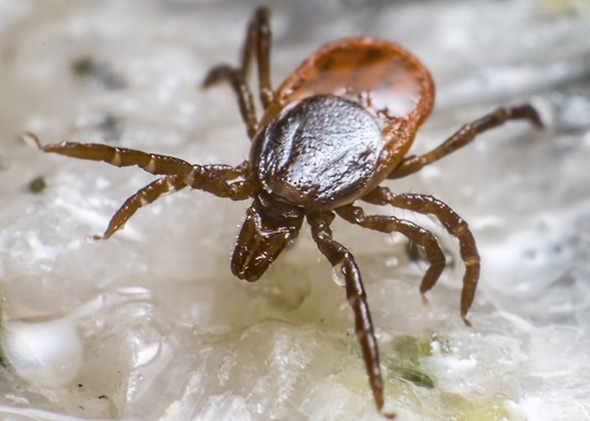
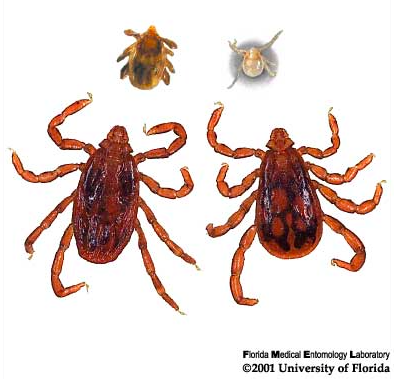
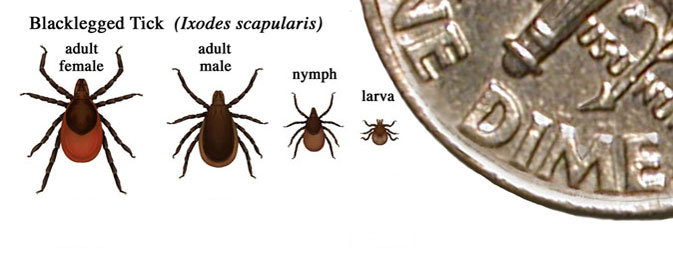
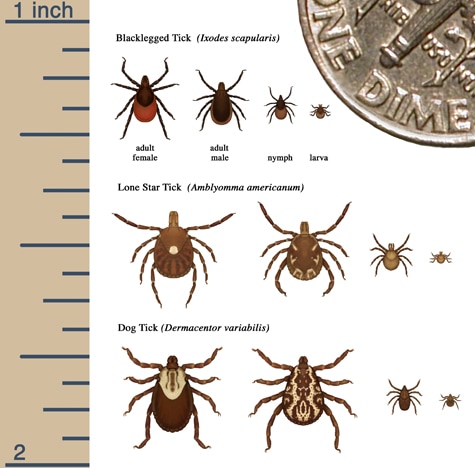
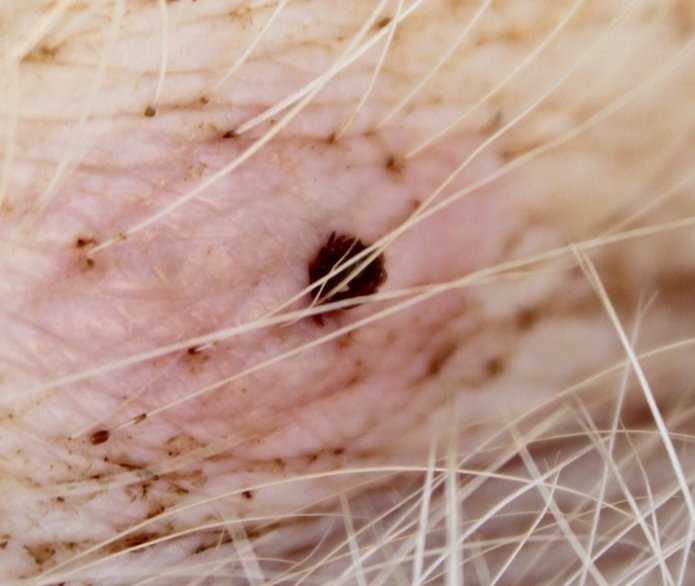


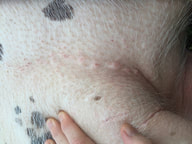
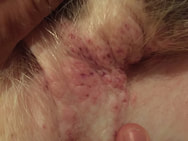
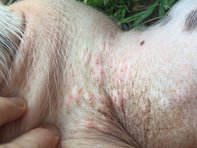

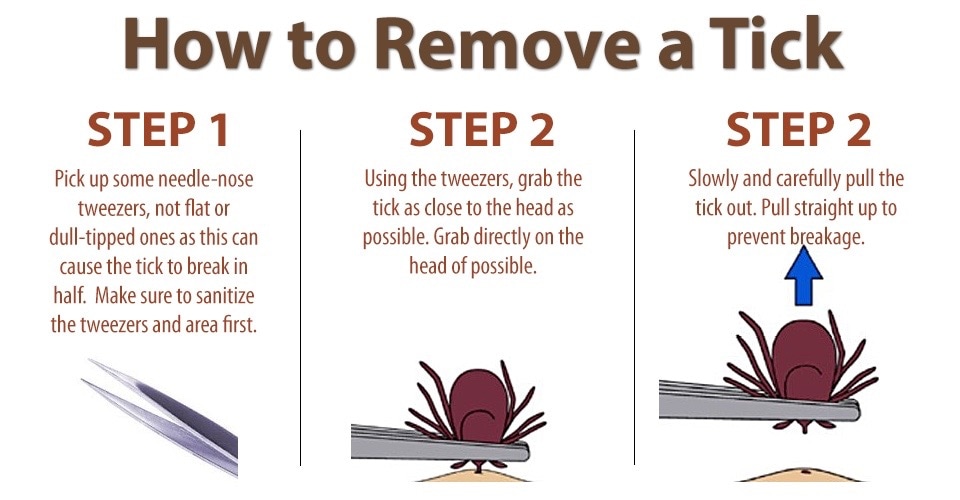
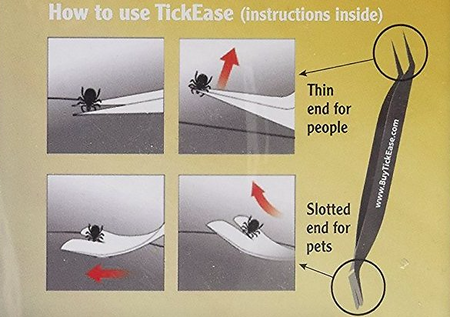
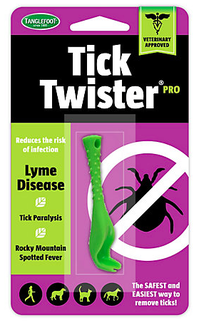



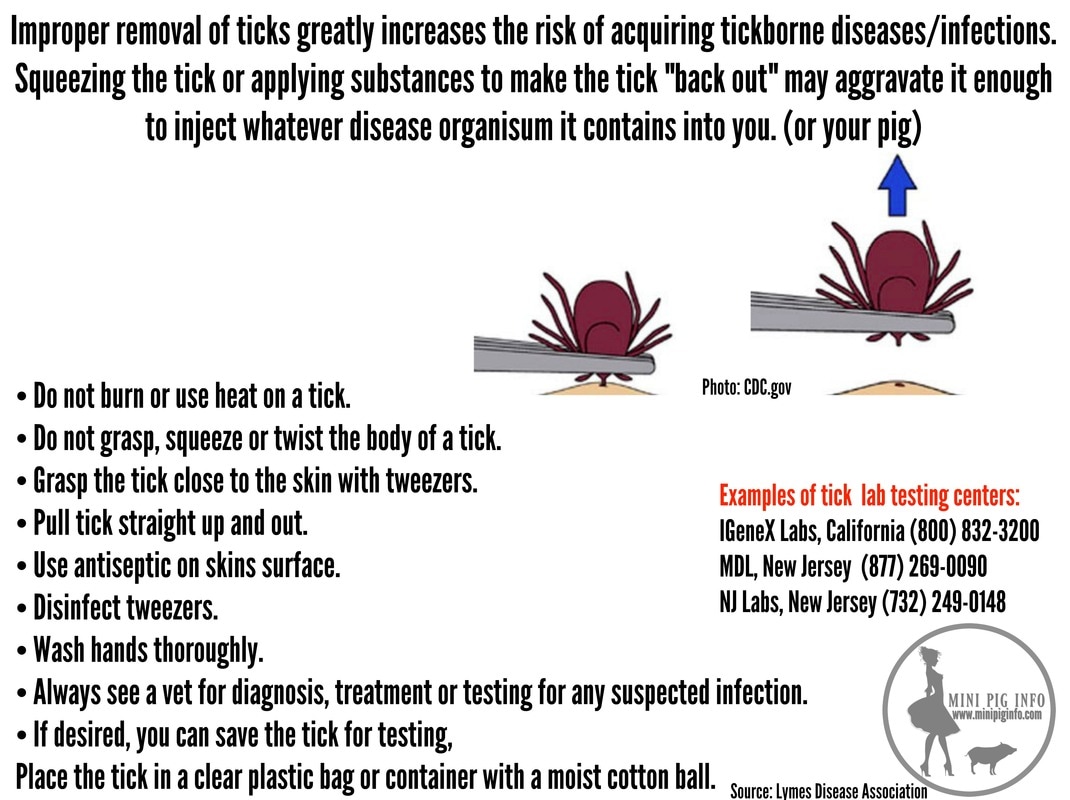


 RSS Feed
RSS Feed